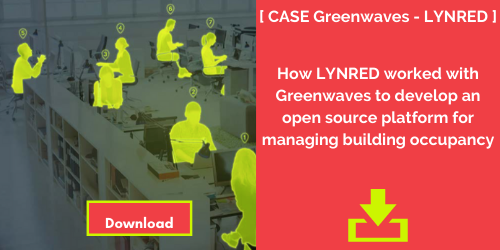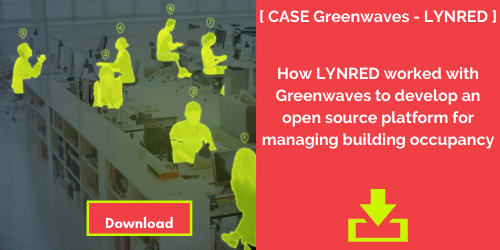Precision Thermal Imaging for Hunting & Leisure: Premium European Solutions for ...
The Hunting & Leisure market is evolving—driven by advanced technology, changing regulations, and the expectations of a new generation of responsible hunters...

October 04, 2021 . 2min read
The construction industry is increasingly turning to new technology, heralding a whole new era in construction and security. Smart buildings are gaining traction, both for new builds and renovations.
Innovative, reliable solutions are either already on the market or in the pipeline. Three major areas are concerned: space management and occupant wellbeing, building security and safety, and energy management.
Thermal imaging technology can help optimize the use of space. Measuring occupancy and counting heads are crucial for Digital Workplace/Workspace strategies in both new and renovated buildings, helping businesses to properly allocate the available resources and make the most of every square meter by measuring desk or meeting room occupancy rates.
During the pandemic, it has been interesting measuring the impact of remote working on office attendance and circulation, helping businesses to monitor the risk of exceeding maximum occupancy in real time and adapt cleaning and disinfecting procedures accordingly, for example.
Quantitative measurement may be at the heart of the system, but quality of working life is still at the forefront. Thermal imaging can detect unusual positions (such as someone who is lying down or has had a fall, for example) and send appropriate assistance.
To learn more about smart building, download the case Greenwaves and see how LYNRED worked with Greenwaves to develop an open source platform for managing building occupancy.

Thermal imaging can be used to keep a close check on electrical installations to prevent fire hazards and keep employees safe.
Regulations require electrical connections, protective measures, and installations to be checked visually, but anomalies that can be invisible to the naked eye may cause costly failures and incidents. Thermal imaging can be used to detect unusually hot areas (on a computer, for example) that could cause a fire.
Thermal imaging is also widely used to detect the presence of a person outside of authorized office hours, in any level of light. The presence of an intruder significantly alters the thermal radiation. When it detects this change in temperature, the sensor signals a suspicious presence. This information is then passed on to the other elements of the warning system, raising the alarm. Thermal imaging is also sensitive enough to distinguish between a human, an animal or a piece of equipment to avoid the alarm going off unnecessarily.
Given that 45% of the world’s energy is consumed by buildings, infrared thermography is also useful for carrying out thermal performance assessments on buildings.
Thermal imaging helps identify a building’s thermal anomalies and pinpoint the work needed to improve energy efficiency and reduce costs.
Thermal imaging can also be used day to day in buildings to adjust lighting, heating, and air conditioning according to occupancy, thereby reducing the building’s energy bills and environmental impact.
Infrared technology can undoubtedly improve living and working spaces, increasing security and optimizing use. Combined with other innovations such as AI, infrared offers endless possibilities for making the buildings of tomorrow even more efficient.
To learn more about smart building, download the case Greenwaves and see how LYNRED worked with Greenwaves to develop an open source platform for managing building occupancy.
